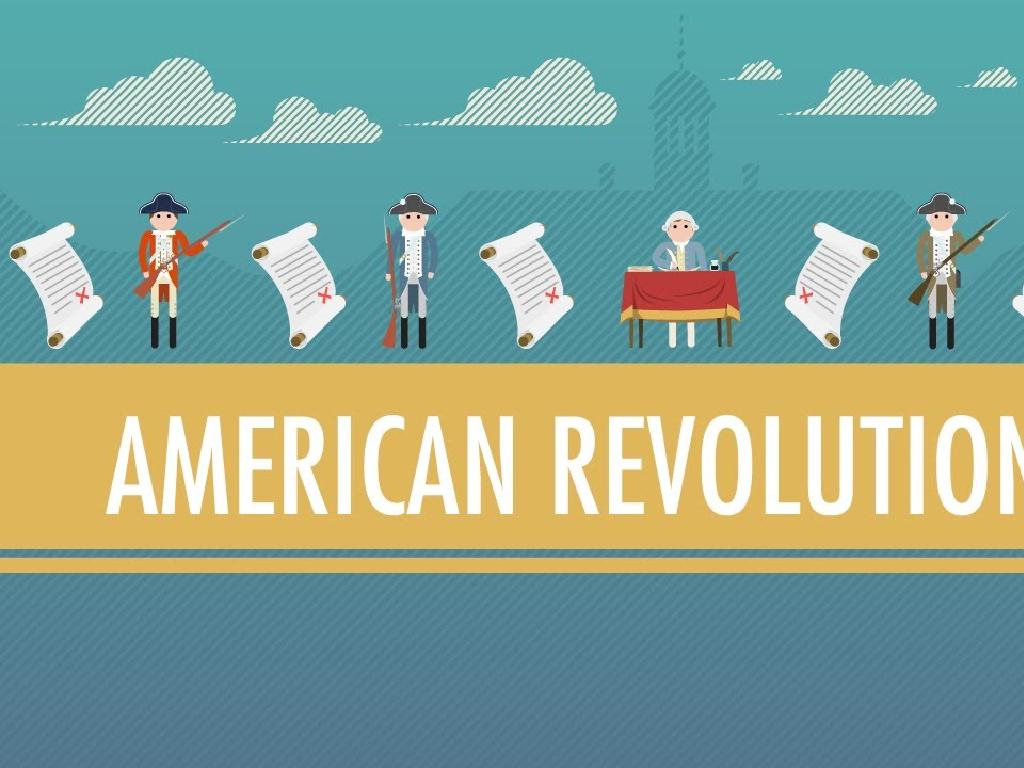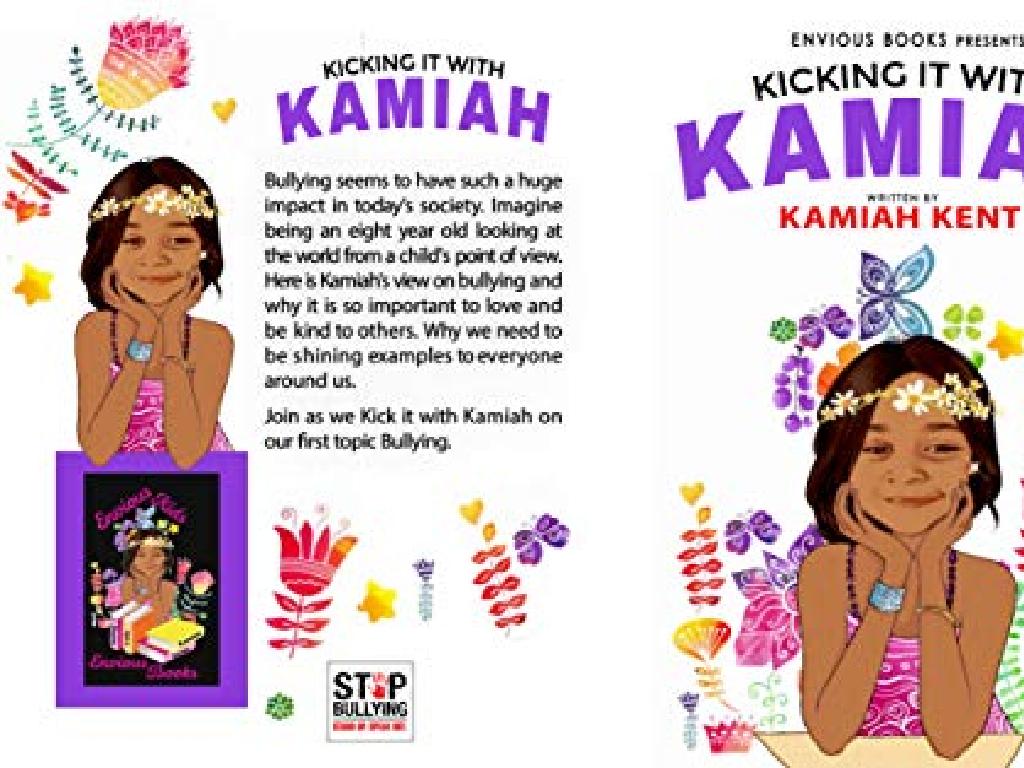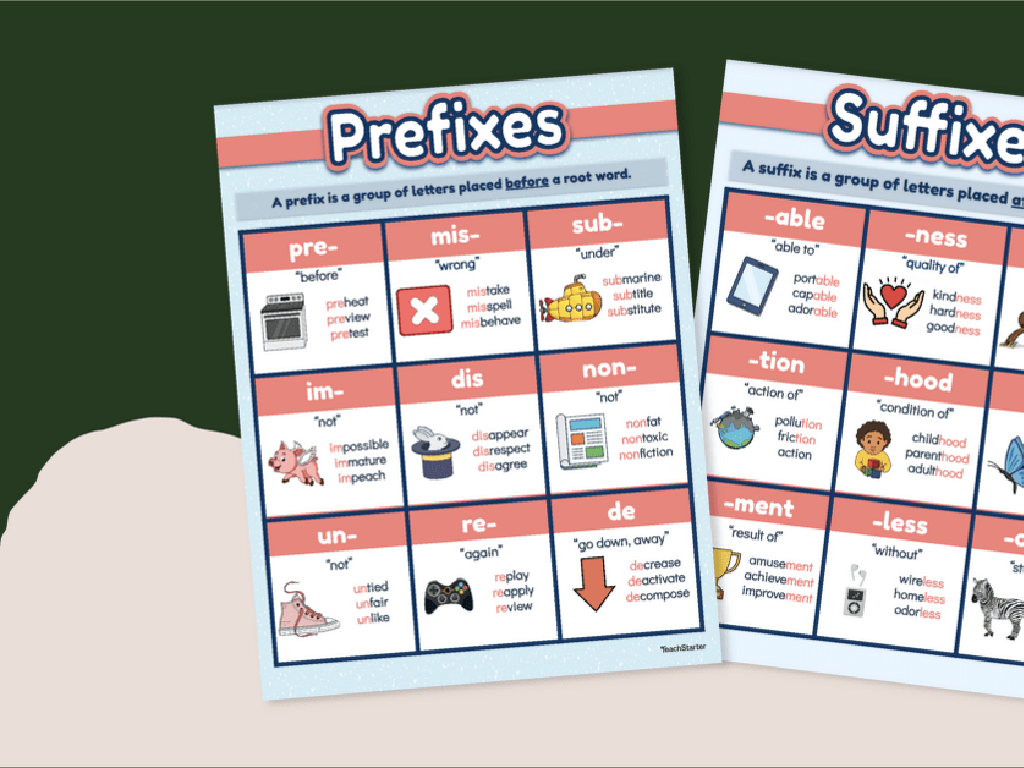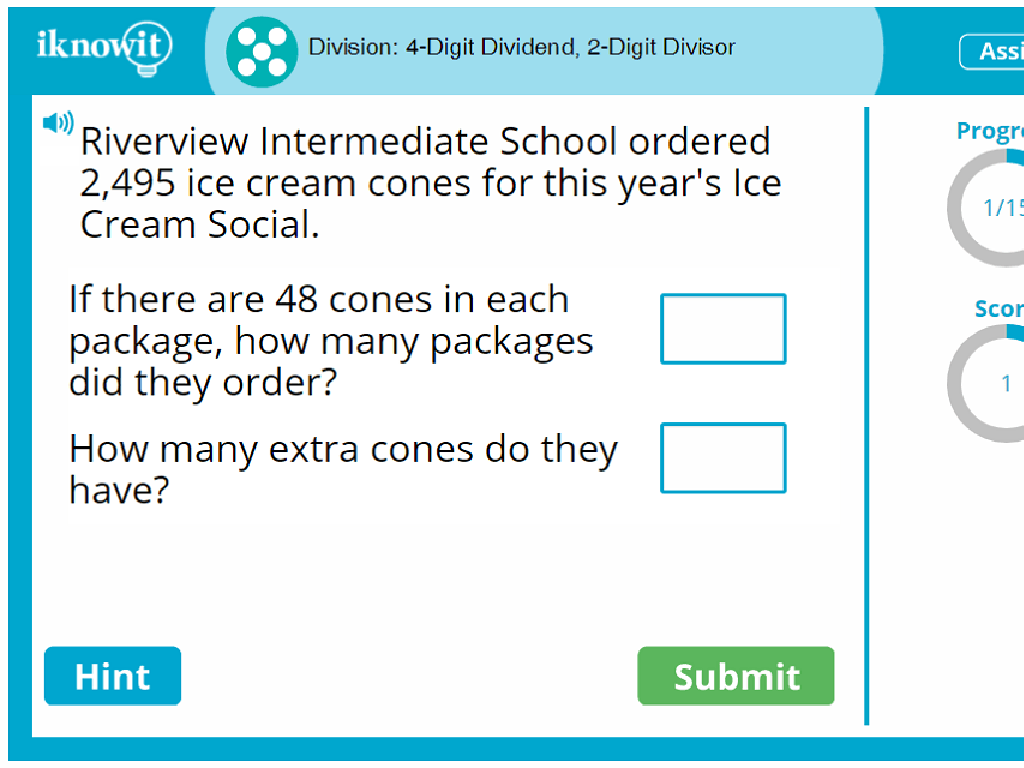Identify The Narrative Point Of View
Subject: Language arts
Grade: Seventh grade
Topic: Point Of View
Please LOG IN to download the presentation. Access is available to registered users only.
View More Content
Understanding Narrative Point of View
– Exploring perspectives in stories
– Defining narrative point of view
– The narrator’s position in relation to the story being told
– Significance of point of view
– Shapes how readers perceive the story
– Impact on reader’s experience
– Influences how readers connect with characters & plot
|
This slide introduces the concept of narrative point of view, which is crucial for students to understand as it affects how they interpret and engage with stories. Point of view determines the angle and perception from which a story is told. It’s important to highlight that the point of view can change how readers feel about the characters and the plot. Discuss examples of different points of view, such as first-person, second-person, and third-person narratives, and how they alter the storytelling. Encourage students to consider why an author might choose one point of view over another and what effects different points of view have on their own reading experiences.
Exploring Narrative Points of View
– First Person Point of View
– Narrator is part of the story (I, me, my)
– Second Person Point of View
– Directly addresses the reader (you, your)
– Third Person: Limited
– Narrator knows thoughts/feelings of one character
– Third Person: Omniscient
– Narrator knows everything about all characters
|
This slide introduces students to the concept of narrative point of view, an essential element of storytelling and literature. First person point of view involves the narrator being a character within the story, offering a personal perspective. Second person, less common, directly addresses the reader, often used in choose-your-own-adventure books. Third person limited provides the perspective of one character, while third person omniscient offers a god-like knowledge of all characters and events. Encourage students to identify these points of view in books they read and discuss how they affect the storytelling experience.
First Person Point of View
– Define First Person POV
– Narrator participates in the story, using ‘I’ or ‘we’.
– Identify First Person in Texts
– Look for ‘I’, ‘we’, ‘my’, ‘our’ in narratives.
– Examples of First Person POV
– ‘I felt scared as the door creaked open.’
|
This slide introduces the concept of First Person Point of View (POV) in narrative texts. It’s important to explain that in this POV, the narrator is a character in the story, often the protagonist, who speaks directly to the reader using pronouns like ‘I’ and ‘we’. Students should learn to identify this POV by looking for these specific pronouns and understanding the narrator’s intimate perspective. Provide examples from well-known works or create simple sentences that clearly demonstrate this POV. Encourage students to bring examples from their favorite books or write their own sentences using the First Person POV to reinforce the concept.
Exploring Second Person Point of View
– What is Second Person POV?
– It addresses the reader as ‘you’, making them the character.
– Identifying Second Person in Texts
– Look for ‘you’, ‘your’, and ‘yours’ to find this POV in books or stories.
– Examples of Second Person POV
– ‘Choose Your Own Adventure’ books often use this POV.
|
The second person point of view is a narrative style that speaks directly to the reader, using pronouns like ‘you’, ‘your’, and ‘yours’. It’s less common in literature but can be very engaging as it places readers in the story. When teaching this concept, provide clear examples and ask students to identify the POV in various texts. Encourage them to consider how this perspective changes their experience as a reader. Examples can include interactive books or even video games that address the player directly. This slide aims to help students recognize and understand the second person POV and its unique effect on storytelling.
Exploring Third Person Point of View
– Define Third Person POV
– Narrator outside the story describes events using ‘he’, ‘she’, ‘they’.
– How to identify Third Person POV
– Look for pronouns and narrative distance to spot Third Person POV.
– Examples: Limited vs Omniscient
– Limited POV: insight into one character. Omniscient: knows all characters’ thoughts.
– Practice with class texts
|
This slide introduces students to the concept of Third Person Point of View in literature. Start by defining Third Person POV, emphasizing that the narrator is not a character within the story and uses third-person pronouns to describe the events. Teach students to identify this POV by looking for specific pronouns and understanding the narrative ‘distance’ from the characters. Discuss the difference between limited and omniscient perspectives, providing examples from well-known texts where limited POV provides insight into one character’s thoughts, while omniscient POV offers a broader view of all characters’ thoughts and feelings. Incorporate practice by analyzing passages from class texts, encouraging students to identify the POV and discuss how it affects their understanding of the story.
Comparing Narrative Points of View
– Similarities in different POVs
– Common features of 1st, 2nd, and 3rd person views
– Differences in each POV
– Unique aspects of 1st, 2nd, and 3rd person views
– POV’s impact on storytelling
– How POV shapes the reader’s experience
– Activity: Identify POVs in paragraphs
– Analyze paragraphs to determine the narrator’s perspective
|
This slide aims to help students understand and compare the different narrative points of view (POVs) in literature. Start by discussing the similarities, such as each POV’s ability to convey a story and provide insight into characters. Then, explore the unique characteristics of the first, second, and third-person POVs, emphasizing how they allow readers to connect with the story differently. Highlight how a story’s POV can influence the reader’s interpretation and emotional involvement. For the activity, provide sample paragraphs and guide students to identify the POV used. This will help them recognize the narrator’s position and its effect on the narrative. Encourage group discussion for diverse perspectives and deeper understanding. The teacher’s notes should include detailed guidelines for the activity, such as questions to consider when identifying POV and examples of sentences that clearly demonstrate different POVs.
Point of View in Action
– Writing from different POVs
– First-person, second-person, and third-person perspectives.
– Choosing the right POV
– Consider the story’s intimacy, knowledge scope, and character insight.
– Activity: Writing exercise
– Write a paragraph from multiple POVs to understand differences.
|
This slide introduces students to the concept of writing from different narrative perspectives or points of view (POVs). Discuss the characteristics of first-person, second-person, and third-person POVs, highlighting the unique aspects of storytelling each one offers. Guide students on how to choose the appropriate POV for their story by considering factors like the desired closeness to the protagonist, the amount of information the reader is privy to, and the level of insight into multiple characters’ thoughts. The activity involves writing a short paragraph from different POVs to help students experience and understand the impact of narrative perspective on storytelling. For the activity, provide prompts and encourage creativity. Possible variations for student activities include rewriting a classic fairy tale from a different POV, describing a day in the life from multiple characters’ perspectives, or creating a dialogue using different POVs.
Class Activity: Exploring Points of View
– Divide into groups for POV role-play
– Write a narrative from assigned POV
– Use first, second, or third-person POV
– Present your story to the class
– Discuss the POV experience
– Share how the POV influenced your storytelling
|
This activity is designed to help students understand different narrative perspectives by actively engaging in writing and role-play. Divide the class into small groups and assign each a specific point of view (POV): first-person, second-person, or third-person. Each group will write a short narrative from their assigned perspective. After writing, groups will present their narratives to the class. Following the presentations, lead a discussion on how the different POVs influenced their writing choices and the story’s feel. Encourage students to reflect on the challenges and advantages of each POV. Possible activities for different students could include writing from the POV of a historical figure, a fictional character, or even an inanimate object to explore narrative voice creatively.
Narrative Point of View: Conclusion
– Recap of narrative POVs
– First-person, second-person, third-person perspectives
– Significance of POV in stories
– POV shapes the reader’s experience and connection with the story
– Engage in Q&A session
– Reflect on what we’ve learned
– Think about how different POVs might change a story you know
|
This slide aims to consolidate the students’ understanding of the different narrative points of view and their significance in storytelling. Begin with a brief recap of the first-person, second-person, and third-person points of view, providing examples for each. Emphasize how the point of view can alter a reader’s engagement with the story and their perception of characters. Encourage students to ask questions to clarify their understanding. Conclude by asking students to reflect on stories they are familiar with and consider how a change in narrative point of view might affect those stories. This reflection will help solidify their grasp of the material covered.






